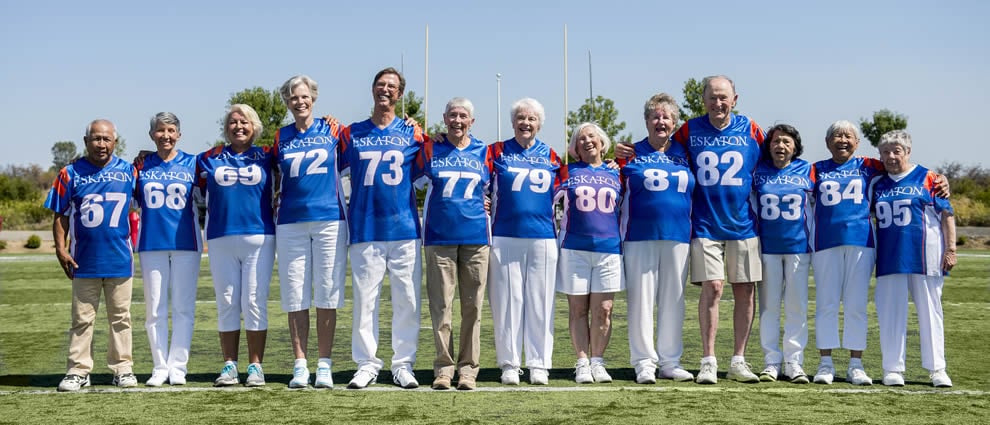Fall Prevention
When Mary found out that throw rugs were one of the most dangerous contributors to her father falling, she immediately picked them up from the kitchen, hall and bath, and hid them. A week later, they were back! Her dad found them in the garage. “Why did you put them back?” Mary asked her dad in a frustrated tone. “Because I like them,” he responded innocently.
There are many things we like in our homes that may not be the healthiest for us, such as slippers. Slippers can literally make you slip and fall. Experts tell us a good grip on the bottom of your foot wear is best for your safety and bare feet can increase fall risk.
“Falls are the leading cause of injury, hospital admissions and deaths among older adults,” said Dr. Teri Tift, Executive Director of Quality & Compliance for Eskaton. “Even though one in three people over the age of 65 falls each year, falling is not a normal part of aging,” emphasized Dr. Tift.
By paying close attention to one’s diet and medication, along with staying active and keeping one’s home clear of trip hazards, seniors have the ability to reduce their fall risk. The first step is to understand your risk of falling and what steps you can take to avoid an injury.
Learn about fall risks such as environment, physical fitness and medication side effects. Additional factors like chronic disease, eye sight, hearing and foot wear may be discussed by different presenters. For a complete workbook with self-assessment worksheets and to watch a 26-minute documentary, please visit www.eskaton.org/balance.


